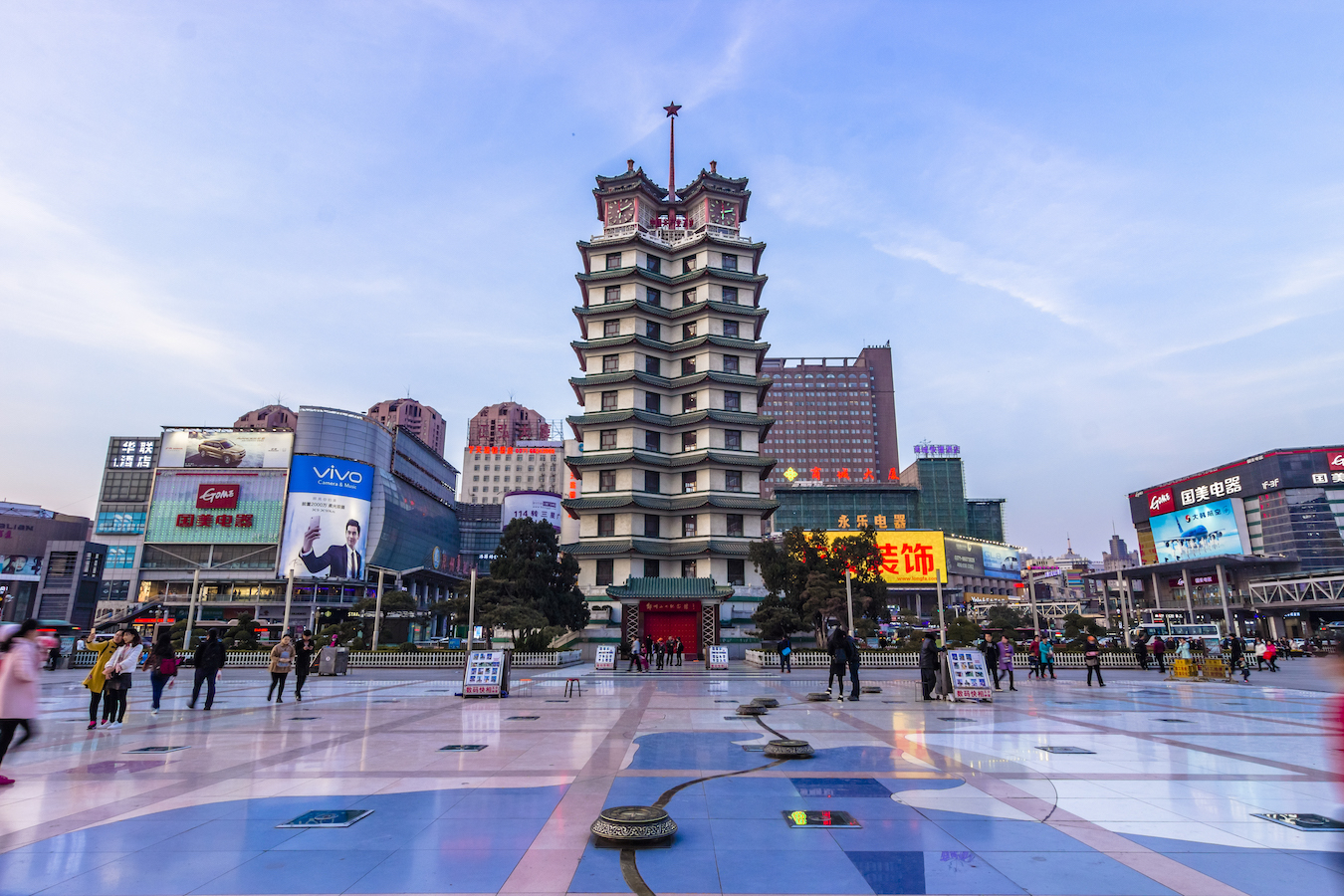by Brian Hioe
語言:
English
Photo Credit: Windmemories/WikiCommons/CC BY-SA 4.0
THERE WAS outrage in China last month after bank depositors seeking the return of their savings were targeted by state security forces.
In particular, banks in Zhengzhou, the capital of Henan, saw protests by over 1,000 bank depositors. They were, however, attacked by plainclothes police and others, sending dozens to the hospitals.
The four banks, which were located in rural areas of Henan, froze 178 million USD worth of deposits, for close to two months. This has left some families without access to their savings, while some companies have been unable to pay employees.
Protests took place in Zhengzhou, in front of the People’s Bank of China, to draw attention. It is thought that the frozen deposits may affect hundreds of thousands of individuals.
Demonstrations took place across the preceding two months in May and June, but drew due to footage circulating online on Chinese social media platforms such as Weibo. There have been more than 32 million views of some footage.
It is thought that the protests are among the largest demonstrations that have taken place in China since the COVID-19 pandemic, with the pandemic having proved a dampener on public gatherings. Among the other notable features of the demonstrators are that authorities weaponized the color code COVID alert system for individuals used in China, changing their color codes to red and shutting them out of public transport and access to public areas, creating “digital handcuffs.”
 Photo credit: 燚惪/WikiCommons/CC BY-SA 4.0
Photo credit: 燚惪/WikiCommons/CC BY-SA 4.0
Use of this system is still far from some ubiquitous, universalizing, and totalizing “social credit” system. But as states worldwide used the COVID-19 outbreak as a pretext to expand their powers of surveillance and detention, this was also the case with China. Restrictions on movement as part of COVID-19 measures are now deployed in the interests of restricting the mobility of political dissenters. It is a question as to whether this phenomenon will also take place in other parts of China, or if it is already taking place.
The three-color COVID code system used by the Chinese mainland is already in place in Macau. However, there are plans for the system to also be introduced to Hong Kong, in line with how the Hong Kong government has sought to keep Hong Kong’s COVID policy in accordance with China, with some color codes for categories of infected and travelers already issued.
This is likely to provoke fears in Hong Kong, with regard to the fact that the alert code system may also be used to restrict the freedom of movement of critics of the government. Indeed, the Chinese government is not likely to use the opportunity to strengthen its powers of surveillance and detention in Hong Kong go to waste. With John Lee having recently been sworn in as Hong Kong’s new Chief Executive, as marked by a historic visit from Chinese president Xi Jinping, Lee may be looking to prove his utility to his masters in Beijing.
The Hong Kong government’s COVID-19 response was already distrusted by the public, seeing as it took place in the wake of the 2019 pro-democracy protests. Many members of the Hong Kong public were critical of the Hong Kong government for continuing to adhere to a COVID-zero approach beyond when this was tenable, seeing as the Chinese government has staked an ideological claim as to the superiority of COVID-zero, and appears to show no signs of being willing to back down from the policy.
The unwillingness of the Hong Kong government to deviate from COVID-zero is criticized as leading to the world’s highest death rates from COVID-19 in Hong Kong. And even as Hong Kong and China continue to be hit by successive waves of COVID-19, efforts by the Hong Kong and Chinese governments to extend their political control over society using COVID-19 as a pretext are likely to contribute to further distrust in the government.
Protests in Wukan, located in neighboring Guangdong, attracted significant attention in Hong Kong in the past. Nevertheless, awareness of how the Chinese government weaponized the COVID alert system to crack down on dissent in Henan is likely to contribute to fears that this will also take place in Hong Kong.

